
Hands on Review: Bouncer Inline Beer Filter!
Special Thanks to Jerry at AdventuresInHomebrewing.Beer for this Hands on Review
Hands on Review Bouncer Inline Beer Filter
Have you ever paid attention to any of those” suggested posts” on Facebook? More often than not, I just swing right by. One did catch my attention though, it was for the Bouncer. I am glad I took the time to really check it out, and contact Tim and Doug about what looked to be a really cool product. Homebrewing is filled with gadgets, and guys find really cool ways to to fix problems we run into. The Bouncer and the Bouncer MD solve all sorts of floating issues! It is two different beer inline filters that accomplish great things! So here is my product review of the Bouncer and Bouncer MD home brew beer inline filters. If you want the cliff notes, the answer is yes….go buy it….you won’t be disappointed. Oh wait, you want more details? Read those below.
Check Pricing and Availability:
- Bouncer Inline Beer Filter < the size featured in this review
- BouncerMD inline beer filter (Mac Daddy) – Hands on Review
Bouncer Replacement Parts
- Nylon Replacement Bowl for Bouncer Mac Daddy
- Replacement Nylon Bowl for Bouncer Classic
- Replacement Gaskets for Bouncer MD – 5 Pack
- Replacement Gaskets for Classic Bouncer – 5 Pack
- Screen Assortment for Mac Daddy Bouncer
- Screen Assortment for Classic Bouncer
This article contains affiliate links. We may make a small percentage if you use our links to make a purchase. You won’t pay more and you’ll be supporting Homebrew Finds and more content like this. Thank you for your support!
In order to use the Bouncer or the Bouncer MD, you do need to put them inline with your tubing. For the regular Bouncer, it needs to be between your bottling bucket and the bottling wand.
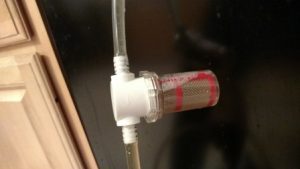 Filtering a SMaSH homebrew on it’s way into a bottle
Filtering a SMaSH homebrew on it’s way into a bottle
For the Bouncer MD, the best spot is between the siphon and the fermenter or carboy. For the regular Bouncer, I had no problems hooking it up. The tubing I had for my bottling bucket and wand was just the right diameter. A few snips and some tubing under some hot water, and I was ready to rock and roll.
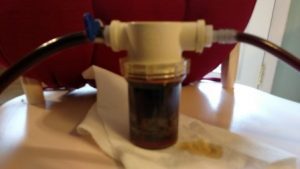 Bouncer MD inline homebrew beer filter
Bouncer MD inline homebrew beer filter
For the Bouncer MD, I did have to make a few modifications. My siphon used a larger diameter tube then what was needed to hook up. So I swung by the LHBS and picked up a hose clamp. The clamp goes on the siphon size, and I put some fresh, smaller diameter, tubing on the other side.
For my first run with the regular Bouncer, I bottled about 12 gallons total. It was two different batches of SMaSH recipes that I made, SMaSHing Nuggets 2 and SMaSHing Space Nuggets. To be fair, these batches were relatively clear of a ton particles, or floaties, They are a very simplistic beer, and I took the time to bag all those freshly picked, wet, whole leaf hops. These were wet hops recipes, so there was more than a pound of whole leaf hops in each batch. But to be fair, wet hops do not flake apart like dried hops. After running through each 6 gallon batch, I was able to pull some stuff out from reaching my finished product. Here is a video review of the Bouncer. For each batch, you can see some particles and hop leaves get filtered out. Will I keep using it? You betcha.
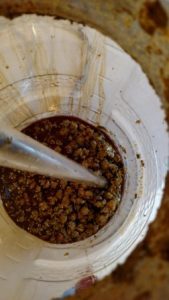 This primary fermentation was filled with whole hops
This primary fermentation was filled with whole hops
For my first test of the Bouncer MD, I threw it right to the proverbial fire. The batch was filled with a ton of whole hops. I as I noted in my PSA, I should have bagged these suckers! But, alas, I didn’t. So this batch was filled with a ton of stuff to filter. I did not put the sediment filter cap on the siphon, I just dunked it in and let it go. This was a transfer from a primary to a secondary, so removing a ton of stuff is a good thing. The siphon from one vessel to the other did take a little more time, but I went from a larger tube, to a slightly smaller diameter one, so that is fair and expected. When I was done, there was some hop leaves in the ca , and a bunch of stuff left on the screen and in the bottom of the Bouncer MD.
The second test of the Bouncer MD was transferring a simplistic porter from a fermenter to a keg. I unfortunately didn’t take video of this one. Honestly, I didn’t think there would be much filtered out. I was VERY wrong! The fermenter was the FastFerment conical fermenter. I shoved the siphon down in and let it go. I noticed towards the end of the first 5 gallons, the siphon seemed to slow down. I figured there was something stuck in the end of it. I never thought to check the Bouncer MD. Low and behold, at the end of filling my keg, I opened up the Mac Daddy. HOLY COW! This thing kept my beer filtered like a champ! Since the beer was super dark, I didn’t notice that the whole screen was covered on the inside. This filter kept mass amounts of sediment out of my keg. I am super thankful for this.
Conclusions
Overall, I am super impressed with both the Bouncer and the Bouncer MD. The Mac Daddy has filtered out more for me then the regular one. I still won’t run any batch through without the filters attached any more. The Bouncer is available on Amazon, and in a few homebrew shops. The Bouncer MD will be available soon. Tim and Doug have made a tool that you don’t realize how much you need it, until you use it! This brewer gives them two thumbs up!
Check Pricing and Availability:
- Bouncer Inline Beer Filter < the size featured in this review
- BouncerMD inline beer filter (Mac Daddy) – Hands on Review
Bouncer Replacement Parts
- Nylon Replacement Bowl for Bouncer Mac Daddy
- Replacement Nylon Bowl for Bouncer Classic
- Replacement Gaskets for Bouncer MD – 5 Pack
- Replacement Gaskets for Classic Bouncer – 5 Pack
- Screen Assortment for Mac Daddy Bouncer
- Screen Assortment for Classic Bouncer
More Homebrew Finds!
- Last 50 Finds!
- Top Deals – a curated list of the best deals
- Homebrew Reviews – one of the largest libraries of homebrew reviews in existence!
- Our Top Posts – tips, how-tos, resources posts and more
- Let’s be Friends!
Recent Deals!
10 Most Recent Homebrew Resource Posts & How-To’s!
We are Homebrew Review HQ! Our 10 Most Recent Reviews
pinnedThis post may contain affiliate links. We may make a commission when you use our links. This will never cost you extra. Thank you for supporting Homebrew Finds!
greatdealsThank you to Bouncer for the unit used for evaluation in this review.
Thanks again to Jerry for his review. Jerry’s Website – AdventuresInHomebrewing.Beer
Make sure the components you use are compatible and rated for your intended application. Contact manufacturer with questions about suitability or a specific application. Always read and follow manufacturer directions. tag:lnksfxd review:bncr rs:7 tag:tpr
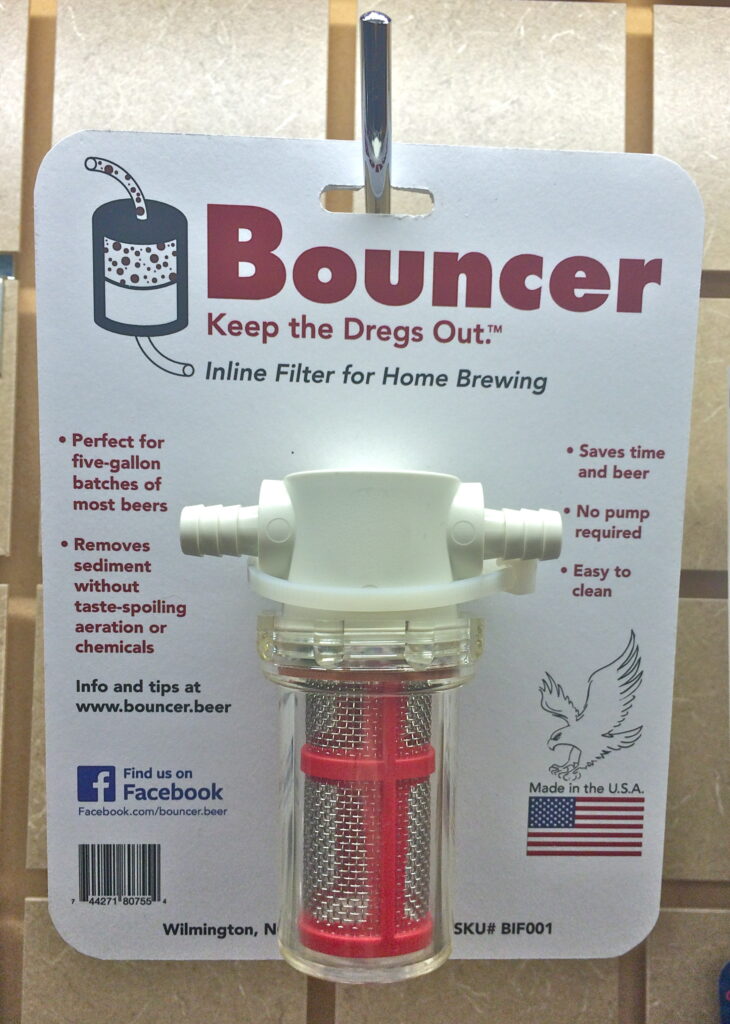



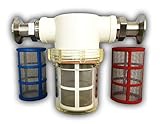





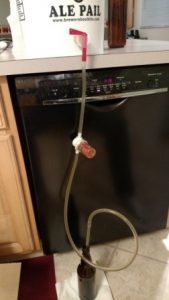







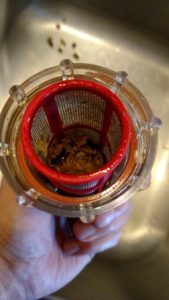
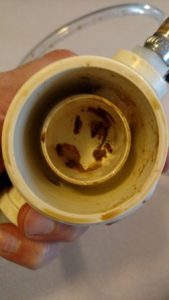

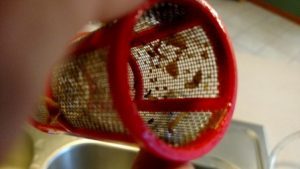
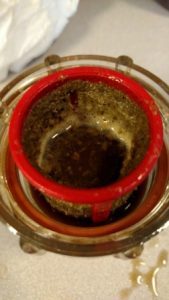
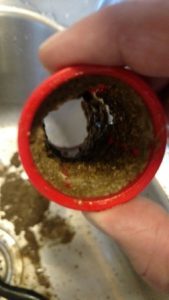
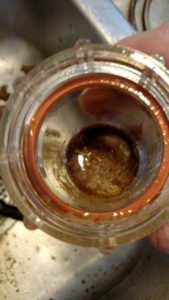
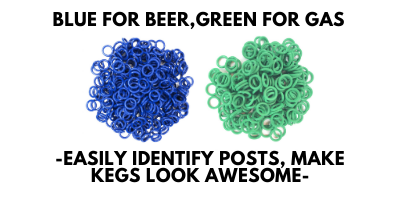



I noticed all your debris was on the inside of the filter… Typically when I use filters like this the debris is on the outside of the filter. Did the direction of flow need to be changed? Or is it designed to collect on the inside of the filter?
Mine arrived today. Looking forward to giving it a try.
this is the same thing.. it’s not something new — https://www.amazon.com/dp/B00CH29IK2/
I’ll give it to you that this looks similar. My concern about that would be… are the materials used food safe?